Connect with us
Published
1 month agoon
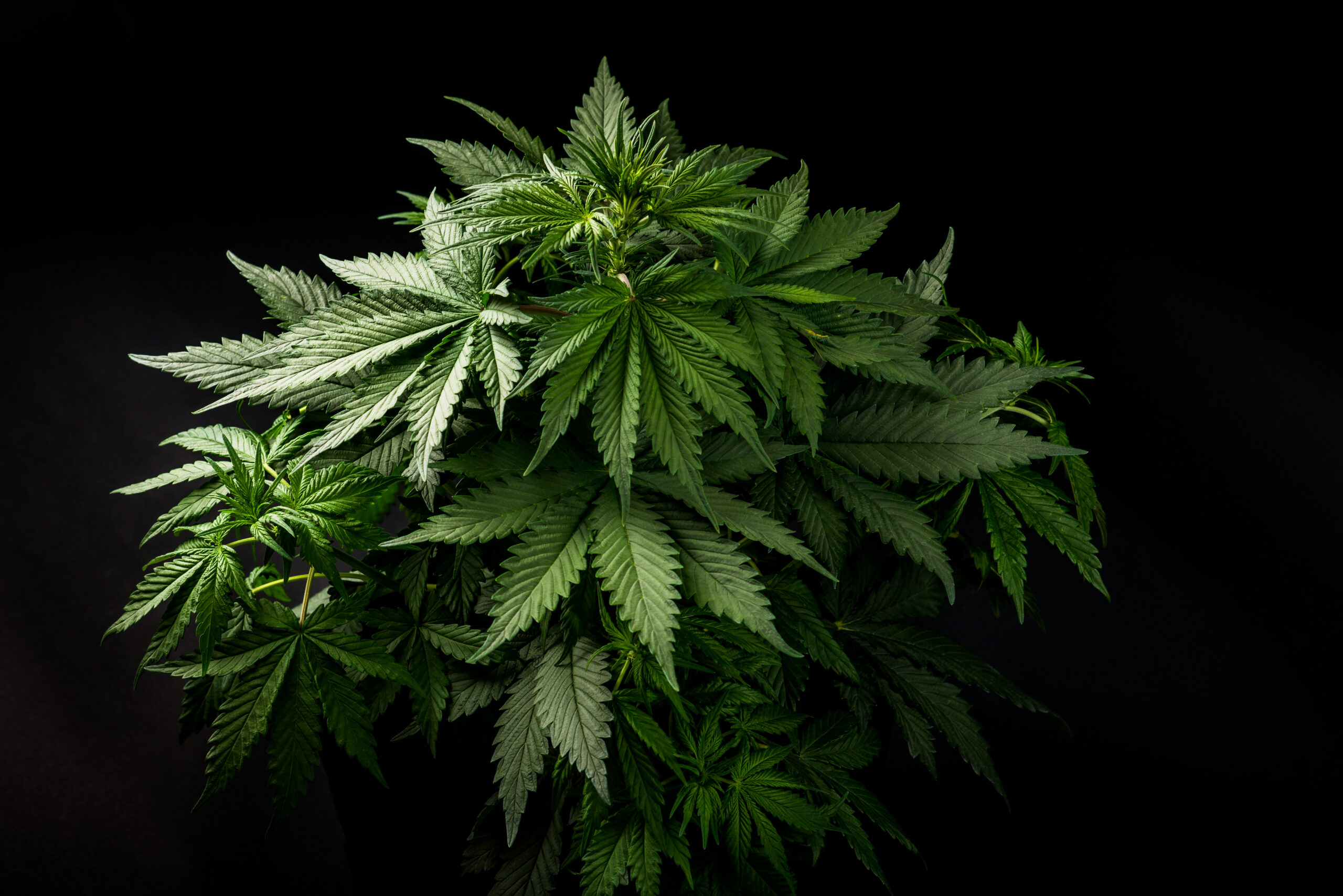
Cannabis has always had a place in visual media to some degree, but as reform continues to expand throughout the West and beyond, weed is making increasingly more appearances in movies and TV across the globe.
There’s plenty of magic that goes into creating visual media like TV and film—from easily breakable “glass” bottles to fake ice. Given the intense compliance protocols in legal adult-use and medical states and the fact that cannabis is still illegal in a number of states and countries, it’s not surprising that programs featuring cannabis can’t work with living plants.
For these instances, “master greensmith” Marko Washke has a solution.
Washke is the director of Sugavision and has created life-like cannabis plant props for TV and films like “The Gentleman,” “Top Boy” and “EastEnders,” according to an Ireland Live report and interview. His lookalikes are so realistic, he’s even had a run-in with police after someone reported the artificial plants sitting in the window of his office space.
The Brixton, London-based propmaker first got into the biz in 1999 when it created cannabis props for the 2000 film “Saving Grace,” about an elderly woman growing cannabis to pay off her late husband’s debts.
More than two decades later, Marko has created more than 4,000 fake cannabis plants for TV and film. Most recently, one of his creations was featured on the Netflix TV show “The Gentleman,” a spin-off of the 2019 film of the same name.
“The first thing your mates say is, ‘How do you make them?’” Washke said. While he revealed that he now utilizes 3D printing to produce the fake plants, citing the detailed nature of 4K resolution, his staff has signed non-disclosure agreements surrounding the exact methodology behind the process alongside any projects they are working on in the future.
“Most people find it cool, interesting, weird and very unique,” Washke said. “And the word ‘niche’ comes up a lot in terms of that there is a business to cater for exactly this very need. My storage unit honestly looks like a weed farm!”
His creative passion was first ignited as a child, witnessing his father’s work as a shop window dresser. He recalls the house, cellar and garage being full of props like palm trees, Christmas trees and fake flowers, allowing for a conducive environment for Washke to embrace his own creativity. His father also supported these aims, as Washke was always allowed to play with and explore his potential as he grew up.
As he inched into adulthood, Washke completed his undergraduate and master’s degrees in communication design at the Saar College of Fine Arts in Germany and another master’s degree in design and media arts at the University of Westminster soon after. After finishing school in 1997, he worked as an art department assistant and eventually became a production designer.
Recalling the first plant props he created for “Saving Grace,” Washke said that his crew discovered “incredible looking” fake hemp leaves in Holland. Trusting his artistic skill and experience, he forged ahead to turn the loose leaves into convincing cannabis plants. It was also this project that caused a quick misunderstanding with law enforcement.
“Someone must have thought, ‘What’s going on out there?’” Washke said, referencing the fake cannabis plant near his office window and the person who reported him. All it took was a quick look, touch and sniff for police officers to confirm the plants were not real—they just looked that way.
After the film was finished, Washke bought his fake plants back, and the rest is history. Soon after, he decided to make prop cannabis plants his specialty. In 2020, he launched his company, Sugavision.
“When we get commissioned by a production company, the production needs the plants and shoots the plants, and they don’t need to hold on to them,” Washke said. “So they manage storage costs—it’s a much better way of saying you commission us, we make the plants, we keep the plants, we add the plants to the hire stock. When the next project comes along, we have a bigger or a more refined stock of different items and they get hired forth and back and forth, and so that grew and grew.”
In addition to making props for movies and TV, Washke also sells the fake plants to CBD and wellness brands.
Coming off his most recent prop feature in “The Gentleman,” Washke admits that he always has a critical eye, though he tries to accept that he’s already done all he can do and that production is already complete.
“It fills me with pride because I enabled a team of people—they’re happy, I’m happy, and we made something together,” Washke said. “That’s actually really amazing and you just couldn’t do it with real plants in the same sort of way.”
And it doesn’t appear that Washke’s business will be slowing down any time soon. He said that series in Bulgaria, Iceland and Holland have already inquired about purchasing his props, nodding to other projects underscoring the modern-day need for his services.
“You get a phone call on a Sunday saying ‘I’m working with a grime rapper’ and we help provide 300 cannabis trees the next day for their music video.”
Another company, Pot Plant, similarly creates fake weed plants but for individual consumers instead of media projects. These props are more for home decor purposes, similarly allowing people to embrace the look of the cannabis plant without the maintenance, smell or legal ramifications.


Study Reveals State Cannabis Legalization Lowers Immigrant Deportation
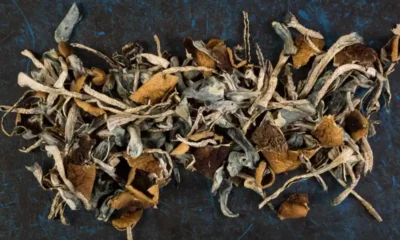

DEA Challenges Bid To Use Psilocybin Under ‘Right To Try’ Legislation
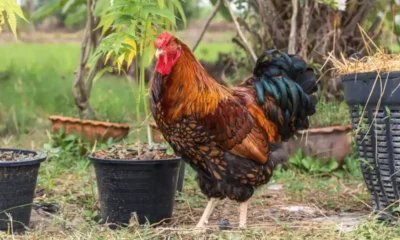

Vegans Rejoice as Farmers Switch from Chickens to Hemp


Louisiana Legislative Committee Unanimously Passes Adult-Use Cannabis Framework Bill
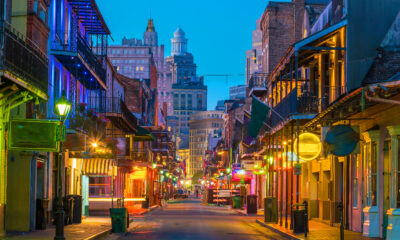

Louisiana House Bill to Regulate Hemp Products Advances Along With Senate Bill to Ban
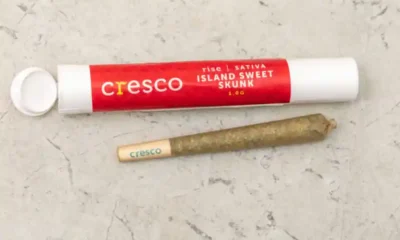

Cresco Labs Workers Reportedly De-Unionize
